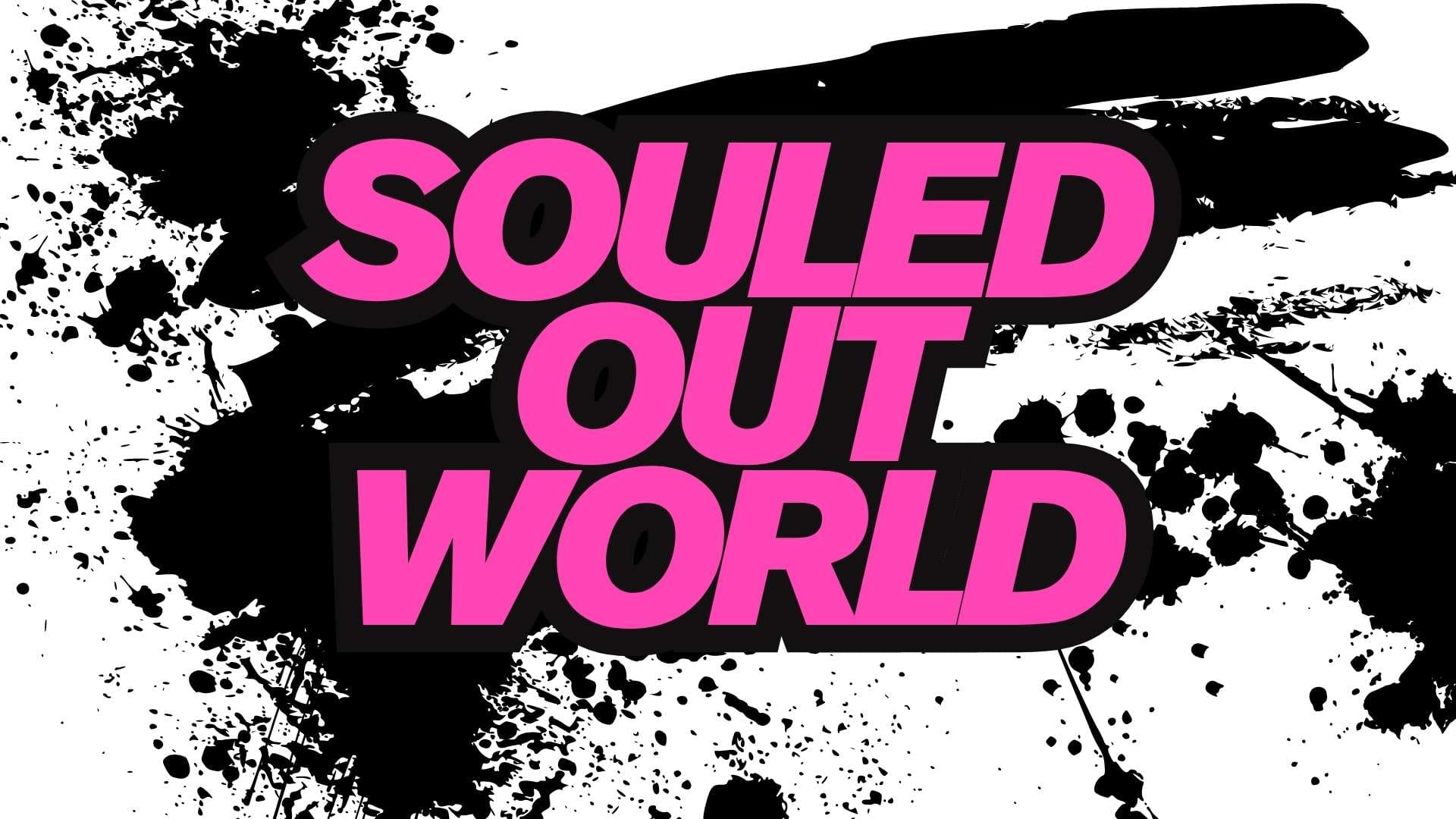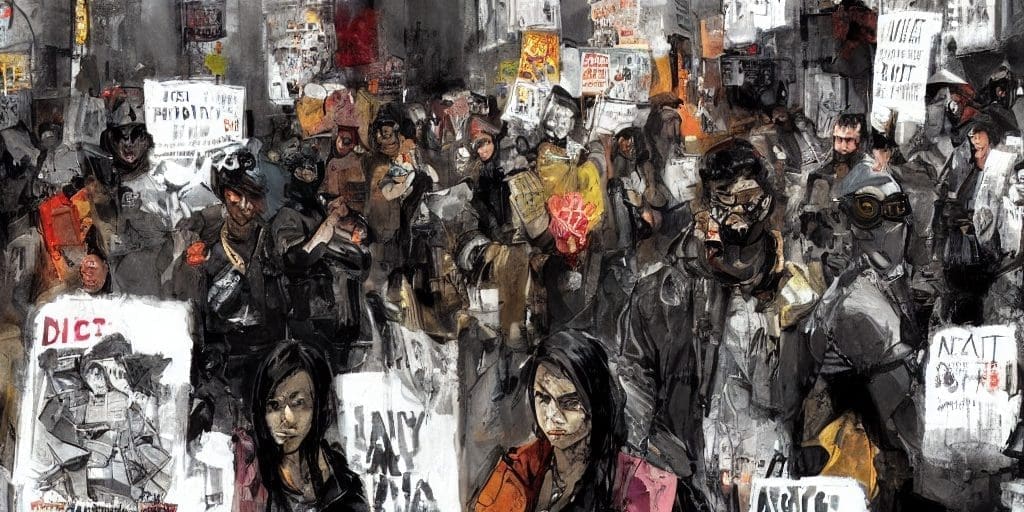Blueprint for the Better World
In a world grappling with a myriad of challenges, the imperative to change our trajectory toward a brighter future resonates louder than ever. From climate change to social inequality, the call for transformative action requires a comprehensive blueprint. Here we dive into key principles and actionable strategies that can serve as a foundation for positive changes, drawing upon examples and experiences that underscore the urgency and viability of each new approach.
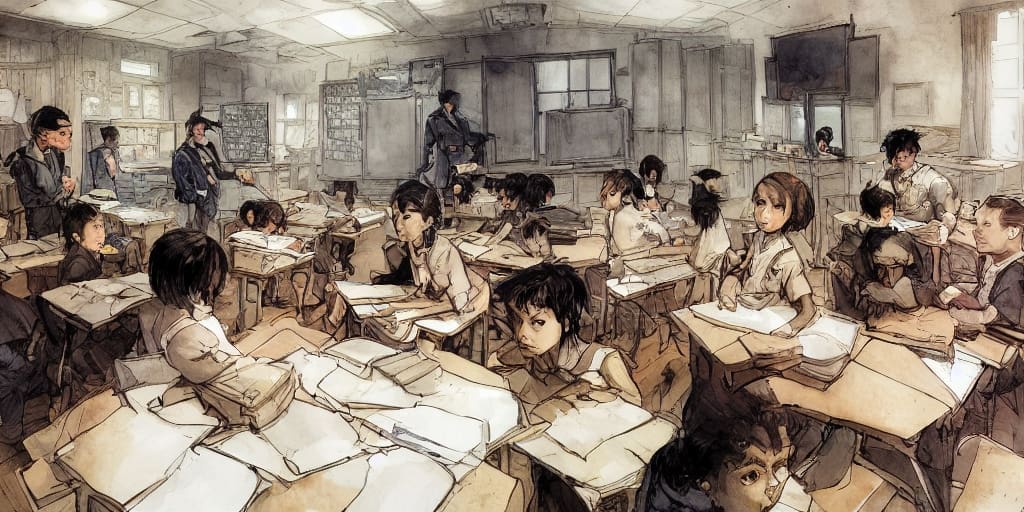
Education as a Catalyst for Change
Quality education has the power to reshape societies and individuals. Beyond imparting knowledge, it serves as a vehicle for critical thinking, empathy, and global awareness. A glaring issue in this realm is the global education crisis, with millions of children lacking access to quality education. Consider the case of Sub-Saharan Africa, where UNESCO reports that over 32 million children of primary school age are out of school.
Finland’s Holistic Education System: Finland’s education system consistently ranks among the best globally, and its holistic approach to education has become a model for fostering creativity, critical thinking, and social responsibility. The Finnish education system emphasizes equal opportunities for all students, minimal standardized testing, and a focus on overall well-being.
In Finland, teachers undergo rigorous training, and education is personalized to meet the needs of individual students. The absence of high-stakes standardized testing reduces competition among students and fosters a collaborative learning environment. Moreover, the Finnish education system places a strong emphasis on extracurricular activities, outdoor learning, and promoting a love for reading.
Finland’s success challenges traditional notions of education and underscores the importance of prioritizing not just academic achievement but also the development of well-rounded individuals. The Finnish model has inspired educational reforms in various countries seeking to shift the focus from rote learning to holistic development.

Girls’ Education in Malala Yousafzai’s Advocacy: Malala Yousafzai, a Pakistani activist for female education, became a global symbol of the transformative power of education, particularly for girls. After surviving a Taliban assassination attempt in 2012 for her advocacy of girls’ education, Malala continued to champion the cause on the international stage.
Malala’s efforts led to the co-founding of the Malala Fund, a nonprofit organization advocating for girls’ education globally. The fund supports initiatives that promote 12 years of free, safe, and quality education for every girl. Malala’s advocacy has influenced policymakers and prompted increased investment in girls’ education, particularly in regions where access to education for girls has historically been limited.
Malala’s story not only highlights the transformative potential of education but also the courage of individuals to challenge oppressive forces in pursuit of a better future. The Malala Fund continues to work towards breaking down barriers to girls’ education and empowering young women to be catalysts for positive change in their communities.
These examples underscore the transformative power of education when approached with innovation, inclusivity, and a commitment to holistic development, providing valuable insights for educational reforms globally.

Tackling Climate Change Head-On
Climate change stands as an existential threat demanding immediate and sustained action. Rising global temperatures, extreme weather events, and melting ice caps underscore the need for comprehensive strategies. The landmark Paris Agreement, signed by 196 countries, represents a collective commitment to limiting global warming. However, individual nations must go beyond mere pledges and implement tangible measures to transition to renewable energy sources.
Costa Rica’s Pioneering Approach to Renewable Energy: Costa Rica has emerged as a global leader in sustainable and renewable energy practices. The country has set ambitious targets to become carbon neutral, emphasising a commitment to mitigating climate change. One of the key components of Costa Rica’s success is its reliance on renewable energy sources, primarily hydroelectric power, geothermal energy, wind power, and solar energy.
Hydroelectric power, generated from the country’s abundant rivers, constitutes a significant portion of Costa Rica’s energy mix. Furthermore, the country has invested in geothermal energy, tapping into its volcanic activity to produce clean and reliable power. Initiatives like the Miravalles Geothermal Plant demonstrate the integration of innovative technologies to harness natural resources sustainably.
Costa Rica’s emphasis on renewable energy aligns with global efforts to reduce dependence on fossil fuels, showcasing a practical model for other nations seeking to transition toward cleaner and more sustainable energy alternatives.

China’s Strides in Renewable Energy and Electric Vehicles: Despite being the world’s largest emitter of carbon dioxide, China has undertaken substantial initiatives to address climate change and transition to a low-carbon economy. The country is a global leader in the production and deployment of renewable energy technologies, particularly solar and wind power.
China’s investment in solar photovoltaic (PV) technology has resulted in it becoming the largest solar panel producer globally. The country has also made significant strides in wind energy, with expansive wind farms contributing to its renewable energy capacity.
Additionally, China has shown a commitment to electrifying its transportation sector. The promotion of electric vehicles (EVs) through incentives, subsidies, and infrastructure development has positioned China as the world’s largest market for EVs. The government’s targets for increasing the share of new energy vehicles in total car sales demonstrate a commitment to reducing the carbon footprint of the transportation sector.
While challenges such as air pollution persist, China’s investments in renewable energy and sustainable transportation represent a substantial step toward mitigating climate change on a global scale.
These examples highlight the diverse approaches nations are taking to tackle climate change, emphasizing the importance of comprehensive strategies that include renewable energy adoption, innovation in technology, and a commitment to sustainable practices.
Prioritizing Equality and Social Justice
In a world plagued by systemic inequalities, achieving true progress necessitates dismantling discriminatory structures. Legislation and policies that foster inclusivity, protect minority rights, and bridge income gaps are imperative.
The Women’s Rights Movement in Saudi Arabia (2018-Present): Saudi Arabia, a country with a traditionally conservative approach to gender roles, has witnessed a notable shift in recent years, driven by grassroots efforts and government initiatives. The lifting of the ban on women driving in 2018 marked a historic moment for the Women’s Rights Movement in the country. Activists such as Loujain al-Hathloul, who advocated for women’s right to drive, faced challenges but played a crucial role in pushing for change.
Subsequent reforms have included allowing women to attend sporting events, access certain government services without a male guardian’s permission, and, more recently, travel abroad without a male guardian’s consent. These changes represent a significant departure from traditional gender norms in Saudi Arabia and signal a (slowly) growing recognition of women’s rights. While huge challenges persist, the ongoing efforts of activists and the government’s willingness to address gender inequality are fostering a more inclusive and equitable society.
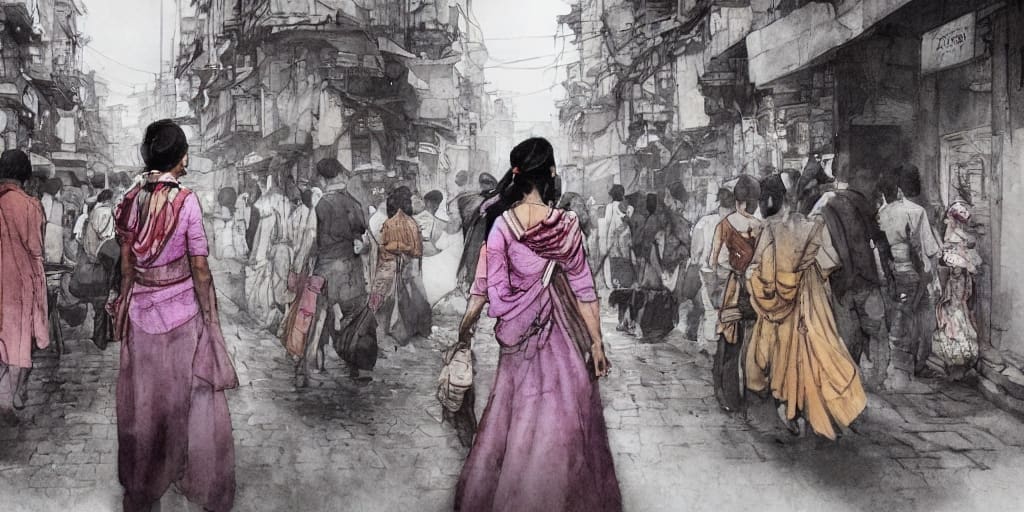
Dalit Rights Movement in India (20th Century-Present): The Dalit Rights Movement in India has been a longstanding struggle for the rights and dignity of Dalits, historically marginalized communities subjected to caste-based discrimination. Led by social reformers like B. R. Ambedkar, the movement gained momentum in the early 20th century and continues to be a powerful force today.
The Dalit Panthers, founded in the 1970s, aimed to address issues of social inequality and discrimination. Over the years, various organizations and activists have worked to challenge caste-based discrimination, demand equal access to education and employment opportunities, and advocate for the protection of Dalit rights.
Legislative measures, such as affirmative action policies, have been implemented to promote social inclusion. Additionally, grassroots initiatives and awareness campaigns have sought to challenge deep-rooted prejudices and address issues like manual scavenging. While the Dalit Rights Movement faces ongoing challenges, its persistent efforts have contributed to significant social and legislative changes, pushing India toward greater inclusivity and social justice.
These examples illustrate the dynamic nature of Equality and Social Justice movements worldwide, showcasing the resilience and determination of individuals and communities working to bring about positive transformation in their societies.

Global Collaboration and Diplomacy
The interconnectedness of our world demands cooperative solutions to global challenges. International organizations, exemplified by the United Nations, play a pivotal role in fostering diplomatic dialogue and collaboration. The success of joint efforts, such as the eradication of smallpox through global vaccination campaigns led by the World Health Organization, underscores the potential impact of international cooperation.
In a world grappling with issues like the COVID-19 pandemic, collaborative responses become even more critical. Sharing resources, expertise, and technology can mitigate the impact of global crises. Strengthening the role of international organizations and reinforcing diplomatic ties must be a cornerstone of any blueprint for a better future.
The Paris Agreement on Climate Change (2015): As we mentioned earlier, the Paris Agreement stands as a landmark example of global collaboration and diplomacy aimed at addressing the urgent challenge of climate change. In December 2015, representatives from 196 countries came together in Paris to negotiate and adopt a historic accord to limit global warming to well below 2 degrees Celsius above pre-industrial levels.
The agreement represents a commitment to collective action, with each participating country submitting individual pledges (Nationally Determined Contributions) to reduce greenhouse gas emissions. The Paris Agreement acknowledges the principle of common but differentiated responsibilities, recognizing that developed and developing nations have different capacities and historical contributions to climate change.
The ongoing implementation of the Paris Agreement involves regular meetings, updates, and reviews to ensure countries are progressing toward their commitments. The accord showcases the potential for international collaboration to address shared global challenges, emphasizing the importance of unity in the face of a critical environmental threat.
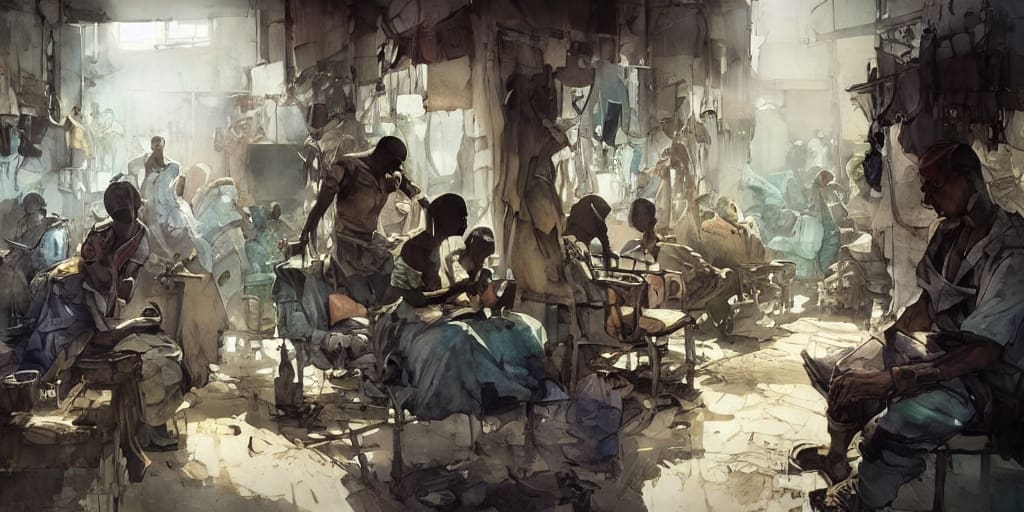
The Global Fund to Fight AIDS, Tuberculosis, and Malaria: The Global Fund is a groundbreaking international partnership that brings together governments, civil society, the private sector, and affected communities to combat the three deadly diseases of AIDS, tuberculosis, and malaria. Established in 2002, the Global Fund operates as a financing mechanism to mobilize resources and invest in programs that strengthen health systems and improve access to prevention, treatment, and care services.
The Global Fund’s unique model involves donor countries contributing funds, and an independent technical review ensures that investments are directed to programs with the greatest impact. Additionally, the Global Fund fosters collaboration among governments, non-governmental organizations, and the private sector to address health challenges in a comprehensive manner.
Over the years, the Global Fund has played a crucial role in saving millions of lives, preventing new infections, and supporting healthcare systems in numerous countries. It exemplifies the potential of global collaboration to tackle health crises, demonstrating that concerted efforts and shared resources can bring about transformative change on a global scale.
These examples underscore the importance of collaborative approaches and diplomatic efforts in addressing complex global issues. Whether combating climate change or tackling health crises, the success of these initiatives relies on the commitment of nations and diverse stakeholders to work together for the greater good.

Toward a Shared Destiny of Progress
Our contemporary world is complex, the imperative to forge a brighter future is not merely a collective desire; it is a moral and practical necessity. The blueprint for positive change outlined in this essay underscores the interconnected nature of the challenges we face — from educational disparities and climate change to social injustices and global health crises.
Education stands as a beacon of hope, with models like Finland illuminating the transformative power of holistic learning. By prioritizing inclusivity, equal opportunities, and a departure from traditional metrics, nations can cultivate generations capable of critical thinking, empathy, and a deep understanding of global interdependence.
The urgency to tackle climate change is evident, and the examples of Costa Rica and China showcase diverse approaches toward sustainability. From harnessing renewable energy to promoting electric vehicles, nations can chart a course toward environmental stewardship, mitigating the impact of climate change and fostering a harmonious relationship with the planet.
Equality and social justice movements, exemplified by the evolving landscape in Saudi Arabia and the persistent efforts of the Dalit Rights Movement in India, highlight the transformative potential of grassroots activism. By challenging discriminatory structures and advocating for inclusivity, these movements serve as catalysts for societal transformation, striving for a world where every individual enjoys dignity and equal rights.
Global collaboration and diplomacy emerge as linchpins in the pursuit of a brighter future. The Paris Agreement’s commitment to collective action against climate change and the Global Fund’s collaborative approach to combating health crises underscore the efficacy of international cooperation. In a world bound by shared challenges, diplomatic ties and collaborative efforts become the threads weaving the fabric of a better tomorrow.
As we reflect on these principles and actionable strategies, it is crucial to recognize that the path to positive change is dynamic and requires sustained commitment. The stories of progress and resilience from different corners of the globe affirm that transformative action is possible. By embracing education, sustainability, justice, and collaboration, we can collectively shape a future that prioritizes the well-being of our planet and its inhabitants.
Ultimately, changing the world for the better is not a distant aspiration; it is a shared responsibility that transcends borders and cultures. The blueprint outlined here invites us to envision a world where compassion, innovation, and collaboration converge, guiding us toward a future characterized by equality, sustainability, and a profound understanding of our interconnected destinies. In this shared journey, each action, no matter how small, becomes a building block for the brighter future we aspire to create together.
Next Week: Blueprint for a Brighter Future – Part 2 – Paving the Path to a Transformed World
Browse 3800+ Books in Our PromisesBooks Bookshop
Discover more from PEN vs SWORD
Subscribe to get the latest posts sent to your email.






